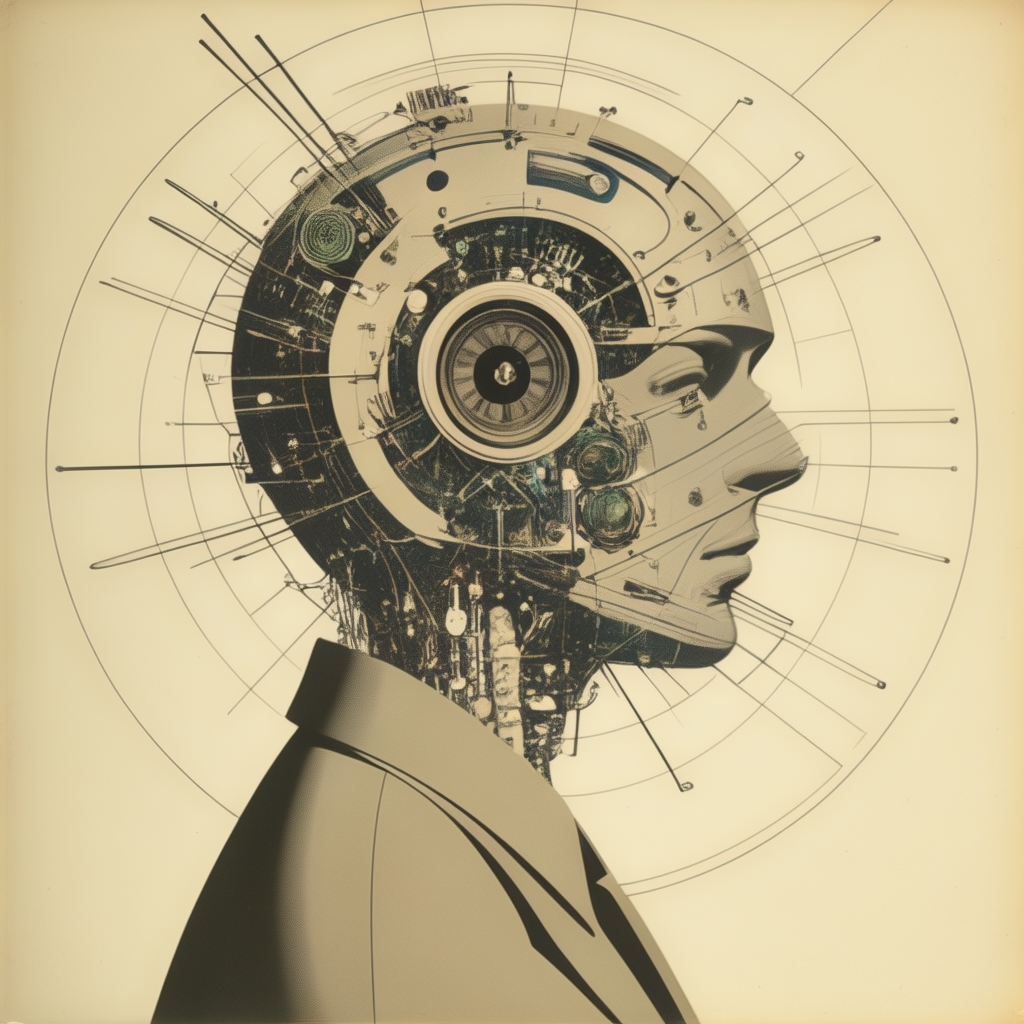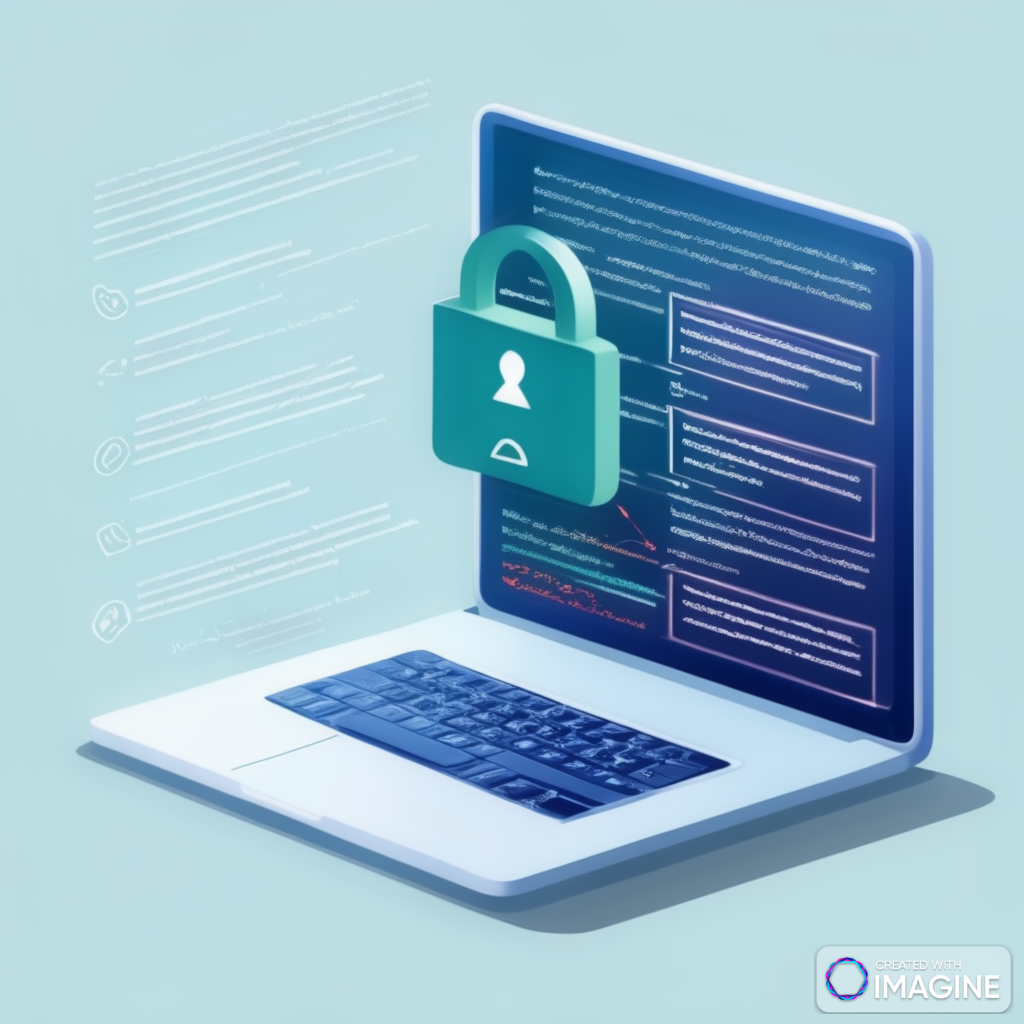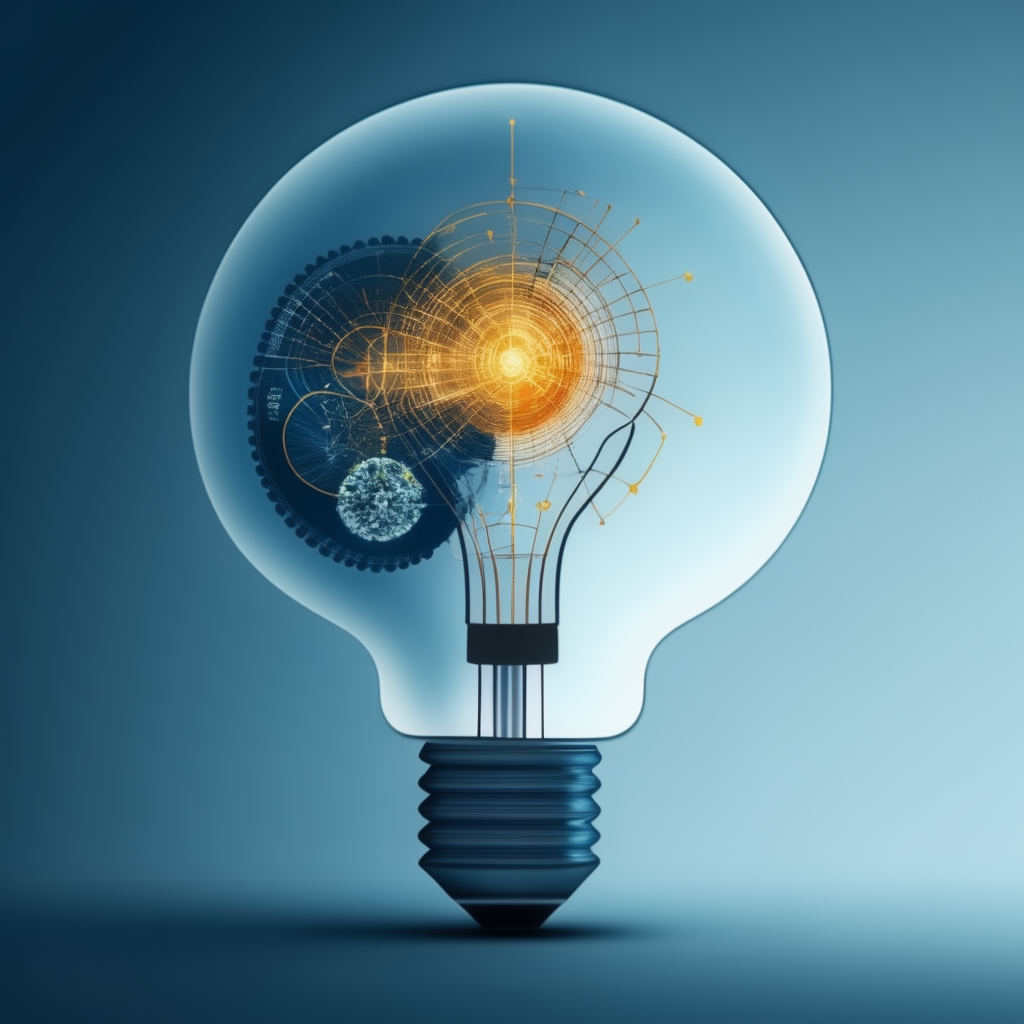Introduction
Mathematics, often seen as a complex and abstract subject, is in reality the language of the universe. It underpins every aspect of our lives, from the simple act of counting to the intricate workings of modern technology. This blog post aims to demystify mathematics by exploring its journey from the early stages of learning to the advanced frontiers of research. We will delve into various mathematical topics, subtopics, and subjects, and most importantly, their real-world applications.
Mathematics: A Building Block of Knowledge
Kindergarten to Primary School
- Numbers and Counting: Learning to count, identify numbers, basic arithmetic operations (addition, subtraction).
- Applications: Shopping, telling time, managing money, cooking.
- Shapes and Patterns: Recognizing basic shapes, identifying patterns in numbers and objects.
- Applications: Understanding spatial relationships, problem-solving, art, design.
- Measurement: Understanding length, weight, volume, time.
- Applications: Cooking, construction, engineering, daily routines.
Middle School
- Fractions, Decimals, and Percentages: Understanding parts of a whole, decimal system, and percentages.
- Applications: Shopping, cooking, finance, statistics.
- Geometry: Exploring shapes, angles, and spatial relationships.
- Applications: Architecture, engineering, design, geography.
- Algebra: Introduction to algebraic expressions, equations, and inequalities.
- Applications: Problem-solving, scientific modeling, economics.
- Statistics and Probability: Collecting, organizing, and interpreting data.
- Applications: Weather forecasting, market research, game theory, insurance.
High School
- Trigonometry: Studying relationships between angles and side lengths of triangles.
- Applications: Surveying, navigation, physics, engineering.
- Calculus: Understanding rates of change and accumulation.
- Applications: Physics, engineering, economics, computer science.
- Coordinate Geometry: Plotting points and lines on a graph.
- Applications: Geography, physics, engineering, computer graphics.
- Discrete Mathematics: Studying structures like graphs, sets, and logic.
- Applications: Computer science, cryptography, network analysis.
Undergraduate Studies
- Linear Algebra: Study of vector spaces and linear transformations.
- Applications: Computer graphics, machine learning, physics, engineering.
- Differential Equations: Modeling real-world phenomena using equations involving derivatives.
- Applications: Physics, engineering, economics, biology.
- Probability and Statistics: Advanced statistical methods and probability theory.
- Applications: Data science, machine learning, finance, social sciences.
- Abstract Algebra: Study of algebraic structures like groups, rings, and fields.
- Applications: Cryptography, coding theory, computer science.
- Real Analysis: Rigorous study of real numbers and functions.
- Applications: Foundations of calculus, mathematical physics, economics.
Postgraduate Studies
- Topology: Study of geometric properties that are preserved under continuous deformations.
- Applications: Geometry, physics, computer science.
- Number Theory: Study of properties of integers.
- Applications: Cryptography, computer science, coding theory.
- Complex Analysis: Study of functions of complex variables.
- Applications: Physics, engineering, fluid dynamics.
- Differential Geometry: Study of curves and surfaces in Euclidean space.
- Applications: Physics, computer graphics, general relativity.
- Functional Analysis: Study of infinite-dimensional vector spaces.
- Applications: Quantum mechanics, partial differential equations, optimization.
Mathematics in Everyday Life
Mathematics is not confined to textbooks and classrooms; it is interwoven into the fabric of our daily lives. From balancing budgets to understanding weather forecasts, from following a recipe to appreciating art, mathematics plays a crucial role.
- Finance: Budgeting, interest rates, loans, investments, taxes.
- Technology: Computer programming, data science, artificial intelligence, digital communication.
- Science: Physics, chemistry, biology, astronomy, meteorology.
- Engineering: Civil, mechanical, electrical, aerospace, chemical engineering.
- Medicine: Medical imaging, drug development, epidemiology, bioinformatics.
- Art and Design: Geometry, symmetry, perspective, color theory.
- Music: Rhythm, harmony, acoustics.
- Sports: Statistics, probability, game theory, physics of motion.
Let’s Delve Deeper into Mathematics
Expanding on the Foundation: Early Mathematics
Kindergarten to Primary School
- Number Sense: Beyond basic counting, developing a deep understanding of number relationships, place value, and number patterns.
- Applications: Mental math, estimation, problem-solving in everyday situations.
- Geometry and Spatial Reasoning: Exploring 2D and 3D shapes, symmetry, transformations (rotations, reflections, translations), and spatial visualization.
- Applications: Art, architecture, geography, map reading.
- Data Handling: Collecting, organizing, and representing data using pictographs and bar graphs.
- Applications: Understanding surveys, making informed decisions based on data.
Middle School
- Algebra: Building on foundational concepts, solving linear equations and inequalities, graphing linear functions, understanding slope and intercepts.
- Applications: Science experiments, financial planning, geometry, physics.
- Geometry: Exploring properties of angles, triangles, quadrilaterals, and circles. Developing logical reasoning and proof-writing skills.
- Applications: Construction, interior design, engineering, map making.
- Ratio and Proportion: Understanding comparisons of quantities, solving problems involving scale, similarity, and direct/inverse proportion.
- Applications: Cooking, measurement, map reading, model making.
- Statistics and Probability: Collecting, organizing, and analyzing data using various statistical measures (mean, median, mode, range). Exploring probability concepts and experiments.
- Applications: Weather forecasting, market research, game theory, insurance.
The Building Blocks of Advanced Mathematics
High School
- Functions: Understanding the concept of functions, their graphs, and transformations. Exploring linear, quadratic, exponential, and logarithmic functions.
- Applications: Modeling real-world phenomena, data analysis, economics.
- Trigonometry: In-depth study of trigonometric ratios, identities, and equations. Applications in right triangles, oblique triangles, and periodic functions.
- Applications: Surveying, navigation, physics, engineering, music.
- Precalculus: Bridging the gap between algebra and calculus, exploring conic sections, complex numbers, and matrices.
- Applications: Physics, engineering, computer graphics, data science.
- Calculus: Introducing the concepts of limits, derivatives, and integrals. Applications in optimization, motion, and area.
- Applications: Physics, engineering, economics, biology, computer science.
Would you like to delve deeper into a specific topic or explore the applications of mathematics in a particular field?
Possible areas for further exploration:
- Mathematics in the real world (e.g., finance, medicine, technology)
- The history of mathematics
- The role of mathematics in different cultures
- The future of mathematics and its potential impact on society
Expanding on the Foundation: Early Mathematics
Number Sense: The Building Blocks
- Early Number Concepts: Cardinality (understanding the number of objects in a set), ordinality (understanding the order of objects in a sequence), subitizing (rapidly recognizing small numbers of objects), and number conservation (understanding that the quantity of objects remains the same even if the arrangement changes).
- Number Operations: Developing fluency in basic arithmetic operations (addition, subtraction, multiplication, division) through various strategies (mental math, algorithms, estimation).
- Place Value: Understanding the concept of place value, including multi-digit numbers, expanded form, and rounding.
- Fractions: Introducing the concept of fractions as parts of a whole, equivalent fractions, and comparing fractions.
Geometry and Measurement
- Shapes and Solids: Exploring 2D and 3D shapes, their properties, and relationships. Developing spatial reasoning skills through activities like puzzles, constructions, and geometric transformations.
- Measurement: Using standard and non-standard units to measure length, weight, capacity, time, temperature, and area.
- Data Handling: Collecting, organizing, and interpreting data using various graphical representations (pictographs, bar graphs, line graphs, pie charts). Calculating measures of central tendency (mean, median, mode) and range.
The Foundation for Higher Mathematics: Middle School
Algebra: The Language of Mathematics
- Linear Equations and Inequalities: Solving one-variable and multi-variable linear equations and inequalities, graphing linear equations, understanding slope-intercept form, and real-world applications.
- Functions: Exploring the concept of functions, input-output relationships, function notation, and graphing linear, quadratic, and exponential functions.
- Systems of Equations: Solving systems of linear equations using graphing, substitution, and elimination methods.
- Polynomials: Understanding polynomial expressions, factoring, and solving polynomial equations.
Geometry: Visualizing the World
- Congruence and Similarity: Exploring congruent and similar figures, properties of triangles, quadrilaterals, and polygons.
- Pythagorean Theorem: Understanding and applying the Pythagorean theorem to solve real-world problems.
- Coordinate Geometry: Plotting points, finding distances, midpoints, and slopes of lines. Graphing linear equations and inequalities.
- Transformations: Exploring translations, rotations, reflections, and dilations of geometric figures.
Statistics and Probability
- Data Analysis: Organizing and displaying data using various graphical representations, calculating measures of central tendency and dispersion.
- Probability: Understanding experimental and theoretical probability, independent and dependent events, and simple probability calculations.
Building Bridges to Advanced Mathematics: High School
Algebra II and Trigonometry
- Quadratic Functions and Equations: Exploring quadratic functions, their graphs, and solving quadratic equations by factoring, completing the square, and using the quadratic formula.
- Polynomial Functions: Understanding polynomial functions, their graphs, and end behavior.
- Rational Functions: Exploring rational functions, their graphs, and asymptotes.
- Trigonometric Functions: In-depth study of trigonometric ratios, identities, graphs, and solving trigonometric equations.
Geometry and Measurement
- Coordinate Geometry: Exploring conic sections (circles, ellipses, parabolas, hyperbolas), polar coordinates, and vectors.
- Three-Dimensional Geometry: Understanding properties of solids, surface area, and volume.
- Trigonometry and Geometry: Applying trigonometric ratios to solve problems involving right triangles and oblique triangles.
Calculus: The Mathematics of Change
- Limits and Continuity: Understanding the concept of limits, continuity, and infinite limits.
- Differentiation: Exploring the derivative as a rate of change, rules of differentiation, and applications (optimization, related rates).
- Integration: Understanding the concept of the definite and indefinite integral, fundamental theorem of calculus, and applications (area, volume, average value).
High School and Beyond: A Deeper Dive
Advanced Algebra and Precalculus
- Matrix Algebra: Introduction to matrices, operations, determinants, and systems of linear equations. Applications in computer graphics, cryptography, and data science.
- Conic Sections: Detailed study of circles, ellipses, parabolas, and hyperbolas, including their equations, properties, and applications.
- Sequences and Series: Arithmetic and geometric sequences and series, their sums, and applications in finance and probability.
- Complex Numbers: Introduction to complex numbers, their operations, and geometric representation. Applications in electrical engineering, signal processing, and physics.
Calculus: The Language of Change
- Differential Calculus: Applications in optimization (finding maximum and minimum values), related rates, and motion (velocity, acceleration).
- Integral Calculus: Applications in area, volume, arc length, and work.
- Multivariable Calculus: Functions of several variables, partial derivatives, double and triple integrals, and applications in physics and engineering.
- Vector Calculus: Vector fields, line integrals, surface integrals, and the divergence and curl theorems. Applications in electromagnetism and fluid dynamics.
Statistics and Probability
- Descriptive Statistics: Measures of central tendency (mean, median, mode), dispersion (variance, standard deviation), and visualization (histograms, box plots, scatter plots).
- Inferential Statistics: Hypothesis testing, confidence intervals, correlation, and regression analysis.
- Probability Distributions: Normal, binomial, Poisson, and other distributions, their properties, and applications.
- Statistical Modeling: Linear regression, logistic regression, and time series analysis.
Discrete Mathematics
- Set Theory: Foundations of mathematics, sets, operations on sets, and Venn diagrams.
- Combinatorics: Counting techniques, permutations, combinations, and binomial theorem.
- Graph Theory: Graphs, trees, networks, and their applications in computer science and social networks.
- Number Theory: Properties of integers, divisibility, prime numbers, modular arithmetic, and cryptography.
Mathematics in the Real World
Mathematics and Science
- Physics: Classical mechanics, electromagnetism, quantum mechanics, thermodynamics, and relativity.
- Chemistry: Stoichiometry, chemical kinetics, quantum chemistry, and molecular modeling.
- Biology: Population dynamics, genetics, epidemiology, and bioinformatics.
Mathematics and Engineering
- Civil Engineering: Structural analysis, fluid mechanics, geotechnical engineering, and transportation engineering.
- Mechanical Engineering: Dynamics, thermodynamics, fluid mechanics, materials science, and control systems.
- Electrical Engineering: Circuit analysis, signal processing, electromagnetic theory, and control systems.
- Computer Science: Algorithms, data structures, cryptography, machine learning, and artificial intelligence.
Mathematics and Finance
- Financial Mathematics: Interest rates, options pricing, risk management, and portfolio optimization.
- Economics: Game theory, econometrics, and mathematical modeling of economic systems.
Mathematics and Social Sciences
- Psychology: Experimental design, data analysis, and mathematical modeling of behavior.
- Sociology: Social networks, demography, and statistical analysis of social data.
- Political Science: Voting theory, game theory, and social choice theory.
The Beauty and Power of Mathematics
Mathematics is a language that transcends cultures and disciplines. Its applications are vast and ever-expanding. From the natural world to the intricacies of human society, mathematics provides the tools to understand, predict, and shape our world
Mathematics at the Heart of Machine Learning and Deep Learning
Machine Learning: Where Math Meets Data
Machine learning is fundamentally about extracting patterns from data. While algorithms provide the blueprint, it’s the mathematical underpinnings that bring these patterns to life.
- Linear Algebra: The bedrock of ML, it’s used for representing data as matrices, performing operations like transformations and projections, and understanding the geometry of high-dimensional spaces.
- Applications: Principal Component Analysis (PCA), Singular Value Decomposition (SVD), Support Vector Machines (SVMs).
- Calculus: Optimization is a core concept in ML, and calculus provides the tools to find minima or maxima of functions. Gradient descent, a fundamental optimization algorithm, relies heavily on calculus.
- Applications: Neural networks, logistic regression, support vector machines.
- Probability and Statistics: These form the foundation for understanding uncertainty and making predictions. Concepts like Bayes’ theorem, probability distributions, hypothesis testing, and confidence intervals are essential.
- Applications: Naive Bayes classifier, Gaussian Mixture Models, Hidden Markov Models.
- Optimization: This field provides algorithms and techniques to find optimal solutions to complex problems.
- Applications: Gradient descent, stochastic gradient descent, convex optimization.
Deep Learning: Mathematics on Steroids
Deep learning, a subset of machine learning, leverages artificial neural networks to learn complex patterns from data. It’s essentially a massive interconnected system of mathematical operations.
- Linear Algebra: Even more critical than in traditional ML, it’s used for representing neural networks as matrices, performing operations like matrix multiplication, and understanding the geometry of high-dimensional spaces.
- Calculus: Essential for training neural networks through backpropagation, an algorithm that adjusts weights based on the error in the output.
- Probability and Statistics: Used for modeling uncertainty in neural networks, understanding overfitting, and evaluating model performance.
- Optimization: Key for training deep neural networks, as it involves finding the optimal set of weights and biases.
- Information Theory: Concepts like entropy and cross-entropy are used to measure information content and guide the learning process.
Specific Mathematical Concepts in Deep Learning Architectures
- Convolutional Neural Networks (CNNs): Rely heavily on linear algebra for matrix operations, and calculus for gradient-based optimization.
- Recurrent Neural Networks (RNNs): Utilize linear algebra for matrix computations and calculus for backpropagation through time.
- Generative Adversarial Networks (GANs): Combine concepts from game theory, probability, and optimization.
Challenges and Future Directions
While mathematics provides a strong foundation for machine learning and deep learning, there are still many open challenges:
- Interpretability: Understanding the decision-making process of complex models remains a significant hurdle.
- Efficiency: Developing algorithms that can handle massive datasets efficiently is crucial.
- Theoretical Foundations: Strengthening the theoretical underpinnings of deep learning is an ongoing area of research.
As the field continues to evolve, the interplay between mathematics and machine learning will only deepen, leading to even more groundbreaking innovations.
Conclusion
Mathematics is a versatile tool that empowers us to understand the world around us, solve complex problems, and innovate. By recognizing the ubiquitous nature of mathematics, we can foster a deeper appreciation for this fundamental discipline and inspire future generations of mathematicians and problem-solvers.






